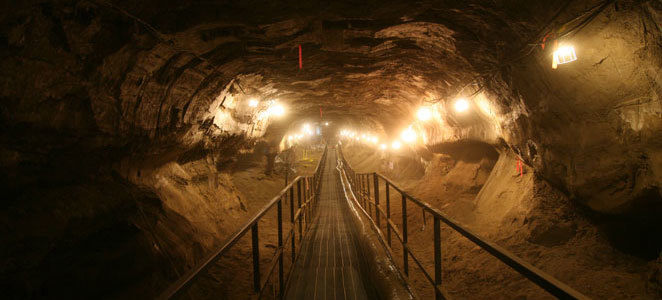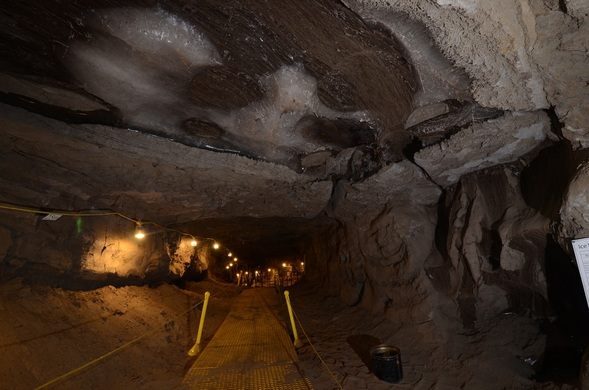Keeping to the theme of tunnels, William forwarded a link but see www.atlasobscura.com/places/permafrost-tunnel/ … a frozen tunnel in central Alaska was dug out by the US Army Corp of Engineers in the 1960s. It is 360 feet long and 6 to 8 feet hight and 15 feet wide. It is rich with frozen animal and plant remains, fossils of all kinds, and layers of fronzen silt, sand, and of course, bedrock. It is as if the Army had dug up some aspects of Velikovsky's 'Earth in Upheaval' – tunnelling into the Alaskan muck. Permafrost is simply a frozen state of ground, not necessarily icy (although it often does contain ice). It is defined by temperature rather that water content – and can be soil, rock, peat, sand, or river sediment (in a frozen state). See alos https://omsi.edu/sites/default/files/UFA Exhibit Description_U.pdf … which concerns an exhibition on climate change by the University of Alaska in Fairbanks. It includes the permafrost tunnel as an example of a changing climate.


Over at www.polartrec.com/expeditions/carbon-balance-in-warming-and-drying-tundr… … we have more on the tunnels and a lot of links to what has been found. There are remains of roots and organic matter still un-decomposed after 40,000 years (even remnants of chlorophyl which is responsible for photosynthesis in plants (which is said to degrade quickly under normal conditions and one would have thought implied rapid burial and freezing). There are also fungi that live and reproduce at temperatures below zero (cryophiles – see Wikipedia).
